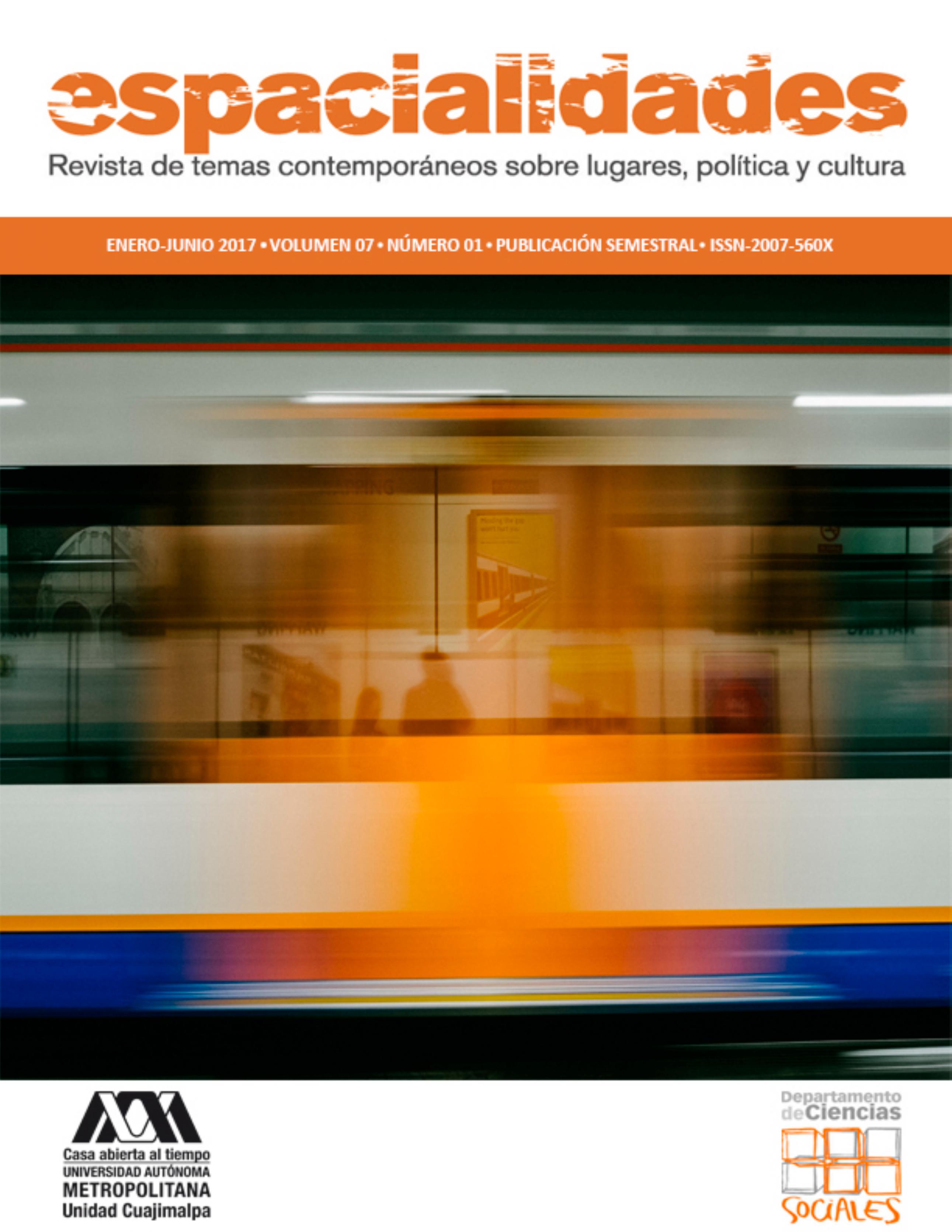Dead-End-Streets: A Challenge for The Habitability of The City
Main Article Content
Abstract
In the eighties, the closing of streets emerges in Mexico City due to the rise of crime. Today, dead-end-streets are part of the urban landscape of Mexico City and appear in multiple ways. The majority of enclosures occur without authorization and they inflict the law. This article analyses how dead-end-streets, that have developed in the public space since the last three decades, improve or not the habitability of the city, give a secure environment, and produce urban order. We offer a reading throughout an urban perspective and a territorial scale to observe whether there is a noticeable improvement, or a shortening of habitability for the neighbors and residents. After answering this question and revising legal and normative dispositions of dead-end-streets in Mexico City, we also propose some reflections on their regulation. First, the issue has to be quantified based on the infrastructure results and the characteristics of the urban environment in the Population Census of 2010; secondly, we analyze how they improve the habitability of the local area throughout a bibliographic revision and interviews with the residents who live in a closed street, in order to know the challenges. Finally, we will analyze which local dispositions make and regulate the laws for this issue.

